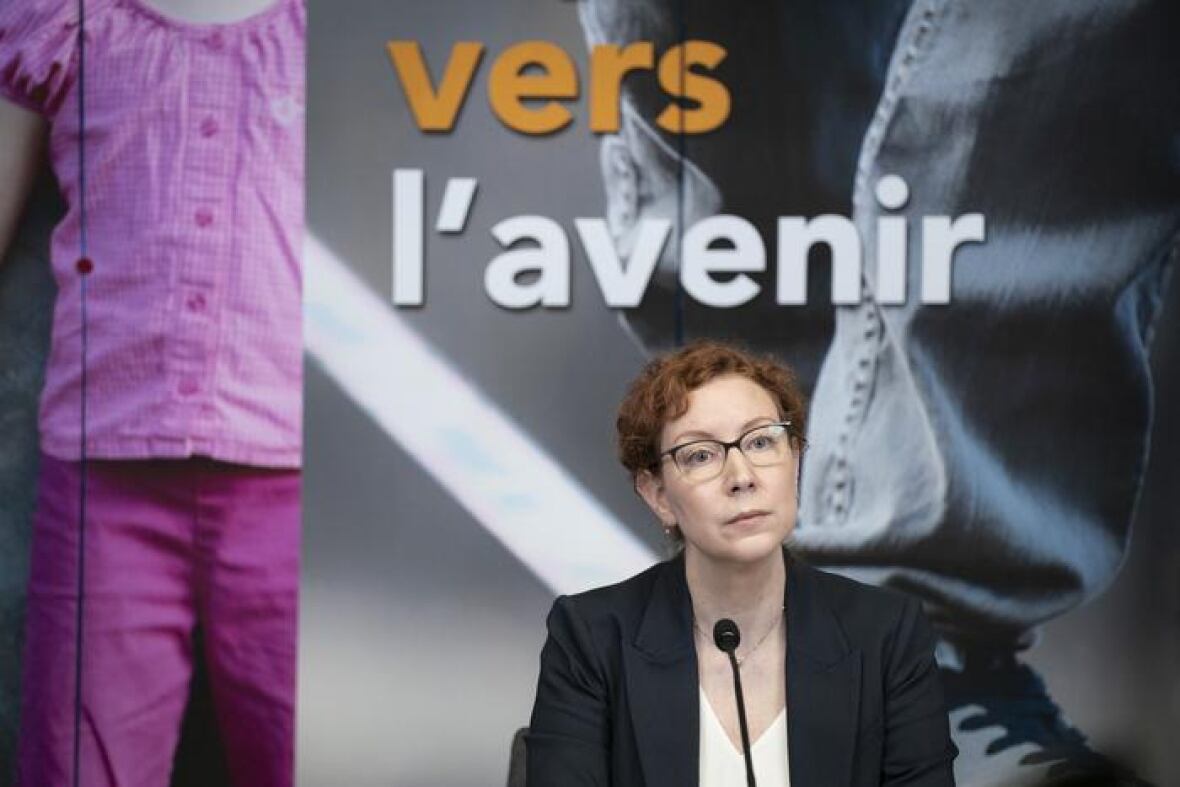Montreal sees jump in youth protection referrals, intervention workers in short supply: report
Nearly 1 in 10 children under 17 in Quebec referred to youth protection services

A new report by Quebec's youth protection services (DPJ) paints a portrait of Quebec families in distress, all while youth protection workers are in short supply in Montreal.
Across the province, nearly one in 10 children under the age of 17 were referred to the province's youth protection services in 2022-2023.
In Montreal, the number of referrals to youth protection services in 2022-2023 jumped to 19,676, an increase of 12 per cent from the previous year, according to the report.
The Batshaw Youth and Family Centre — the institution that provides youth protection services to English-speakers in Montreal — has seen an eight per cent bump in referrals.
"It's clear that the situation in Montreal is very concerning," said Assunta Gallo, director of youth protection at the CIUSSS du Centre Sud de l'île de Montréal.
"We see significant family distress. In recent years, we've seen an increase in conjugal violence, violence within the family as well as an increase of complaints of a sexual nature in Montreal," she said.

More than 30 per cent of referrals the DPJ took on in Montreal were because of risk of negligence and about a quarter were because of risk of physical abuse.
There was a 24 per cent bump in the number of referrals by police, an 18 per cent increase in family referrals and a 15 per cent increase from schools.
However, just under a third of referrals in Montreal were retained by youth protection services, which means families need the help of community organizations for services like food assistance and affordable housing, said Gallo.
Linda See, director of youth protection for the CIUSSS de l'Ouest de l'île de Montréal, agrees that a "gap in services and front-line services" has meant that youth protection services field more calls.
She says that may be because people think of the DPJ as the first place to turn when there's a problem.
"The DPJ should be the last resort as opposed to the first resort, so it's community and public education," said See.
However, the increase may also mean Quebecers are more open about bringing issues to attention in their communities.
"I think it's a positive thing that society is looking out for our children and they want to bring any alarming situations to the public eye," said See.

Shortage of intervention workers
While the province's youth protection departments are receiving more referrals, they are also dealing with a shortage of intervention workers.
Batshaw, in Montreal, is 19 workers short.
"We've been functioning over the last six months with only half of our staff," said See.
One of the biggest challenges Batshaw faces is language.
"We specifically need staff who are bilingual," said See. So Batshaw has been recruiting outside the province and in Europe.
And the lack of workers has meant services have bogged down.
Batshaw's current waiting list is 288 youth and an average wait time of 100 days, though that number is down from 175 from this time last year, said See.
Meanwhile, the CIUSSS du Centre Sud de l'île de Montréal currently has 30 positions unstaffed.
With files from Steve Rukavina.

